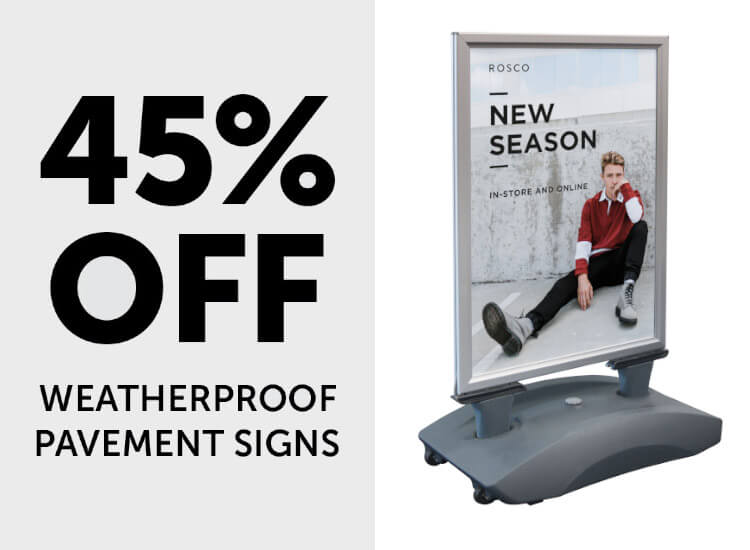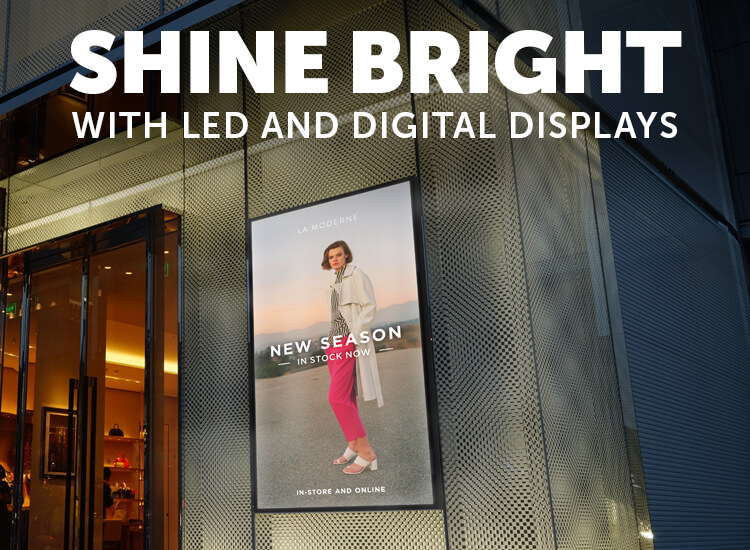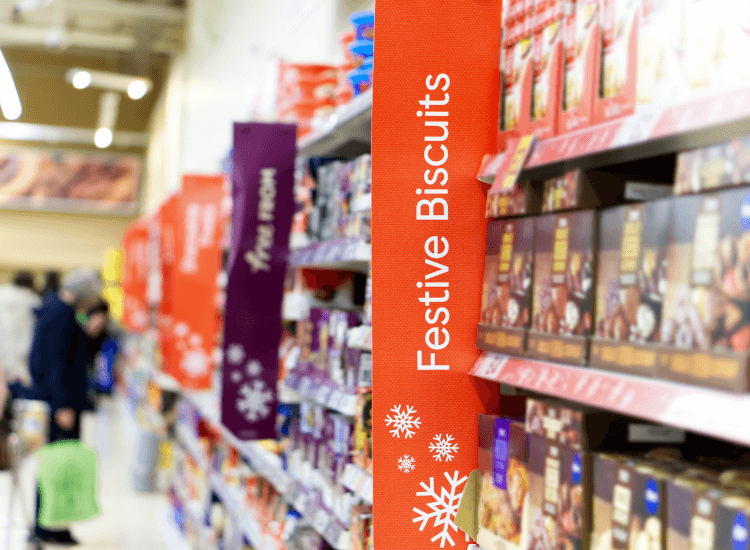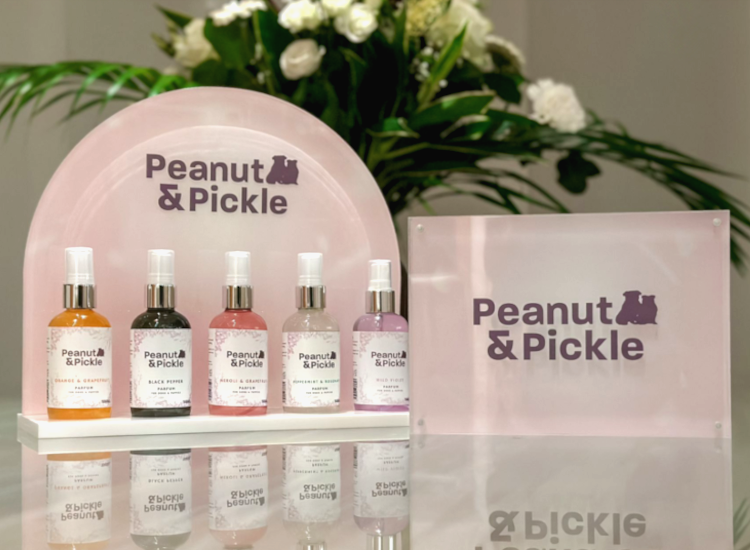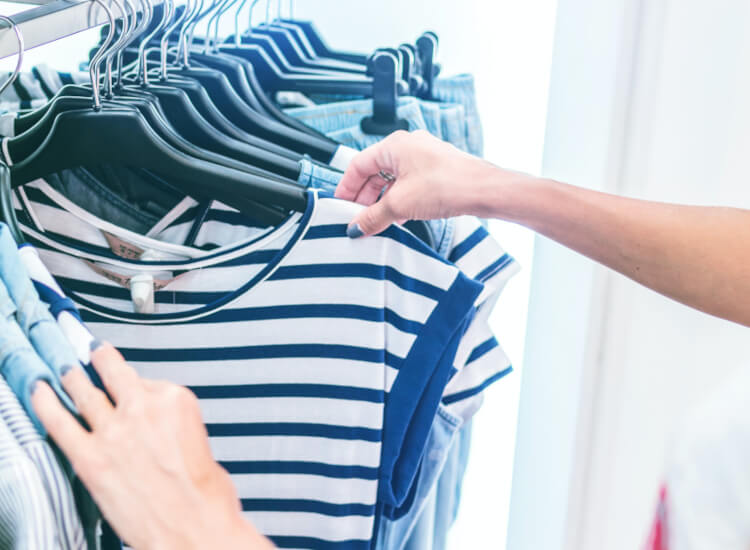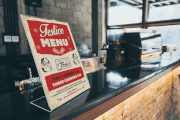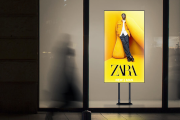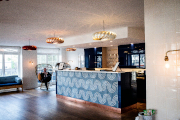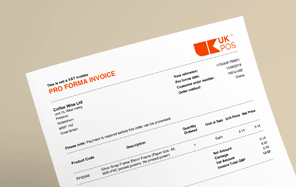What is Fronting and Facing in Retail?

In the fast-paced world of retail, presentation is everything. The way products are displayed on shelves can have a direct impact on sales, customer satisfaction, and brand perception. One of the most important merchandising practices is fronting and facing. But what exactly does this mean, and why is it effective?
What is Facing in Retail?
Facing, sometimes called "facing up," is the practice of ensuring that the front of the product packaging is clearly visible to customers. Labels and branding should be neatly aligned so shoppers can instantly recognise and select products. This creates a clean, consistent appearance across the shelf.
What is Fronting in Retail?
Fronting is the process of bringing products to the very front edge of the shelf and lining them up evenly. It gives the impression of a fully stocked shelf, even if quantities are low, and makes displays look neat and professional.
In short: facing shows the product’s front; fronting positions products at the front of the shelf.
Why is Facing Important?
Customers make decisions quickly, often based on what catches their eye first. If a shelf looks messy, half-empty, or poorly organised, shoppers may assume stock is limited or simply move on. Facing combats this by ensuring every product is visible and shelves appear well maintained. This encourages impulse buys and reinforces a professional store image.
A study reviewed the effectiveness of various in-store interventions and how they impact sales of different product categories. The findings suggest that in-store interventions, including proper facing, significantly influence consumer purchasing decisions [1].

Where is product facing most important?
One study on in-store displays found that product facing on front end cap displays had the largest impact on product category purchase, while shelf displays had the largest impact on brand choice [2].
Retail Facing Tips
For businesses looking to improve their merchandising, here are a few retail facing tips:
- Face regularly: Assign staff to front and face products throughout the day, not just at opening or closing.
- Start with eye-level shelves: Products placed at eye level are more likely to be noticed and purchased.
- Keep categories consistent: Group similar products together and ensure labels are aligned for easy browsing.
- Use facing to highlight promotions: Front and face promotional or seasonal items so they stand out.

- Enhance with shelf accessories: Use data strips and shelf sign holders to guide shoppers’ attention and convey product information.
- Don’t neglect low stock: Even when quantities are low, facing items forward can give the impression of abundance.
- Consider shelf pusher systems: Shelf pushers automatically bring products to the front of the shelf as items are taken, keeping facings consistent and reducing the need for constant manual fronting.
Final Thoughts
Fronting and facing are small tasks that deliver big results. By ensuring products are aligned, labels are visible, and shelves look full, retailers create a shopping experience that feels organised and appealing.
Incorporating additional tools like data strips, sign holders, and shelf pusher systems can further enhance shelf presentation and reduce maintenance time.
Remember, fronting and facing is more than just neatness - it’s a proven strategy to boost sales and customer satisfaction.
If you enjoyed this article...↗
Check out our Retail Hub for more guides and insights...
References
1.
Slapø, Schjøll, Strømgren, Sandaker and Lekhal, ‘Efficiency of In-Store Interventions to Impact Customers to Purchase Healthier Food and Beverage Products in Real-Life Grocery Stores: A Systematic Review and Meta-Analysis’ (April 2021), Foods Journal 10(5), 922.2.
Han, Li and Chandukala, ‘Impact of different types of in-store displays on consumer purchase behavior’ (October 2021), Journal of Retailing 98(4).
